The efficacy and function of Tibetan tea and taboos the correct way of drinking Tibetan tea and the course of what butter tea is made of
Xizang is not only a province of China, but also an important node of the ancient Tea Horse Road. It is said that during a political marriage in the Tang Dynasty, Princess Wencheng brought three things to Xizang, tea, silk and ink stationery. Among them, tea is the most popular. It indirectly led to the development of tea-horse trade and created a unique Xizang tea (Tibetan tea) culture.
Tibetan tea is sold in the form of brick tea
What is Xizang tea?
Xizang's natural environment is not suitable for planting tea trees, poor living conditions, do not produce tea. By Tibetan tea, we mean black tea produced in Ya'an, Sichuan Province, which is mainly consumed by Tibetans.
Compared with ordinary tea, Tibetan tea lacks advantages in flavor. But it makes a great contribution to culture, politics and economy.
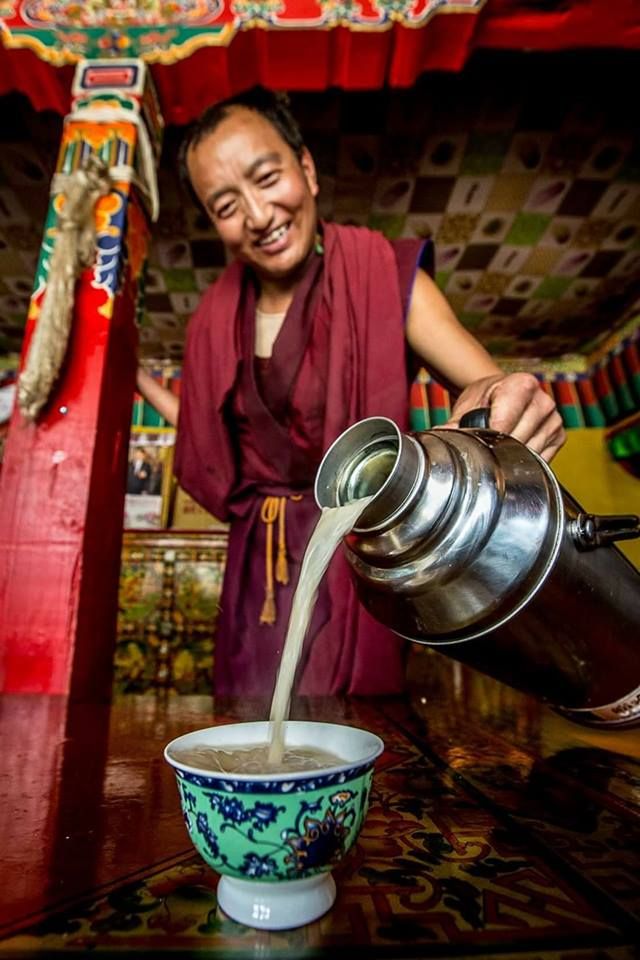
History
It is uncertain whether Princess Wencheng was the first to bring tea to Xizang. In fact, tea has been popular in Xizang since the Tang Dynasty.
Tibetans are nomadic, with high-fat and high-heat foods such as beef, mutton and milk as their daily diet, lacking fruits and vegetables. In addition, Xizang is located in the plateau, where the boiling point of the water is very low; it is difficult to soften the food when cooked. Tea solved the digestive problem of Xizang people and became their daily drink.
Xizang plateau does not produce tea; all the tea here is imported from the mainland of China. People exchange tea for Xizang's horse and sheep, which they call the tea-horse trade. A fixed trade route is gradually formed, which is the famous Tea-Horse Road. One route starts from Sichuan and passes through Xizang to southwest Asian countries such as Bhutan, India and Nepal. Chinese tea culture has also spread abroad.
Before the founding of New China, Xizang had been in the stage of slave society. For a long time, Xizang was short of materials and did not have a unified currency.
Tea is a necessity of Tibetan life, because it is black tea, suitable for long-term storage, and has been used as a substitute for currency. Tibetan tea is packed in bamboo containers with fixed specifications to facilitate the exchange of other goods. Most of the necessities of life have been given a certain amount of hidden tea.
In addition to its contribution to economic and cultural communication, tea also plays a political role.
Xizang belongs to a remote area of China. In ancient times, it was to consolidate the rule and prevent the rebellion of local tribes. In addition to steadily providing Tibetans with tea for daily life, the government also traded tea for horses and weapons to control their military capabilities.
At the end of the 19th century, in order to improve the Indian tea industry, the British government tried to replace Xizang's market share with Indian tea in order to achieve political and economic goals. They sent a spy named JAS. Hutchison Whampoa went to Ya'an, Sichuan Province, trying to figure out the whole process of Xizang's tea production.
Ya. In 1905, Hutchison Whampoa completed this task and wrote a report to the British government entitled Xizang's Brick Tea in India: a report on missionary trips to Sichuan. The report details the processing of Xizang's tea and recommends that India produce brick tea or export black tea to Xizang.
However, due to other historical reasons, the main purpose of this operation has not been achieved.
Origin
Ya'an, Sichuan has always been the main producing area of Tibetan tea.
On September 26th, Sichuan Yaan Tea Factory Co., Ltd. (Group) changed the name of Xizang's south roadside tea to Tibetan tea, and unified the tea sources and processing methods. Before that, Tibetan tea has always been called border tea. (special sale of tea in the Border region)
Sichuan is one of the starting points of the ancient Tea-Horse Road, and it can be said to be the only channel between China's inland and Xizang.
In ancient times, the Chinese government set up a special department there, called "Tea and Horse Division", which was responsible for managing the related business of tea trade. In addition to the local tea from Mengdingshan, Sichuan also buys crude tea from other places, makes it into black tea, and compresses it into brick tea to sell to Xizang.
At that time, the tea sold at the border was usually made from shoddy leaves with many stems. This left people a bad impression of Xizang tea. However, the coarse tea stem is richer in fiber, which can better help Xizang digest the problem. In addition, due to the low boiling point of water, Tibetan tea must be cooked for a long time; a large number of stems can bring more flavor.
Treatment mode
Although Tibetan tea was not considered as a good tea in the past, its processing process is still very complicated, with dozens of steps. Most of the steps are similar to other black teas; among them, picking and pestling have their own unique characteristics.
The source of Xizang's tea is the lobular tea tree. The picking standard is from one bud to the fifth leaf. They must grow for more than six months; they are old leaves, and unlike green tea, green tea is the most tender.
Traditionally, tea artists cut off the whole branch with a special knife because there are too many leaves to be picked. So Xizang tea is also called knife tea.
After picking, the leaves are fixed, rolled, stacked, withered, sheltered and other steps. Some steps will be repeated many times until the leaves are deeply fermented. According to the number of repetitions and quality of the processing, these leaves are classified into different grades, waiting for further processing.
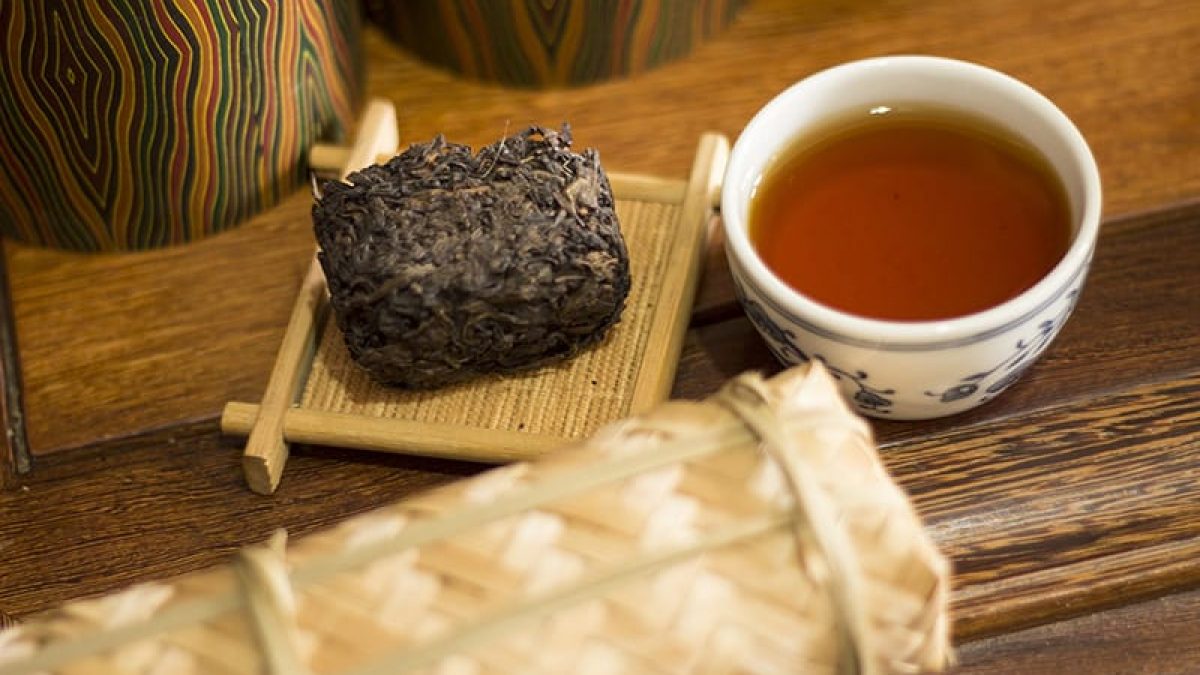
After all this, the tea master will steam the fermented tea leaves in a container to make them soft again.
The compression of Tibetan tea is different from other black teas such as Pu'er tea. The tea master will weave a unique container out of bamboo strips, put in the tea leaves after steaming, and compress them through constant clubbing. In a long container, a few pieces of bamboo divide the leaves into bricks, one brick for every 500 grams and a pack of 20 bricks.
These tea strips will be stored in the warehouse for about a month. Then, open the package and wrap each brick with special paper. Then put it into a bamboo container for transportation and sale.
How to brew Tibetan tea
[the usual way]
Prepare the tea set and preheat it.
Pry out the right amount of tea from the tea brick, usually 5-6 grams, according to your taste and the number of people to drink.
Put the leaves in a cover bowl, add hot water above 95 ℃, soak for 5 seconds, then pour out the first tea.
Add hot water again and soak for about 1 minute.
Pour the mixture into a suitable cup so that the concentration is consistent.
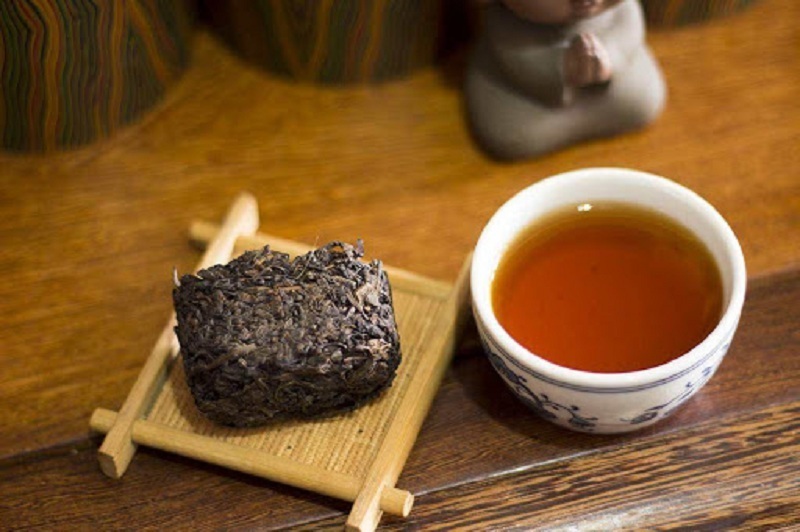
[traditional way]
Tibetan tea occupies a high position in the life of Xizang people. In addition to entertaining guests and drinking daily, monks Xizang also used it to serve their gods. It is not just brewed, but made into Xizang buttered tea, a unique local drink. Making authentic Xizang buttered tea requires some special tools and local yak milk, but we can take a simple imitation.
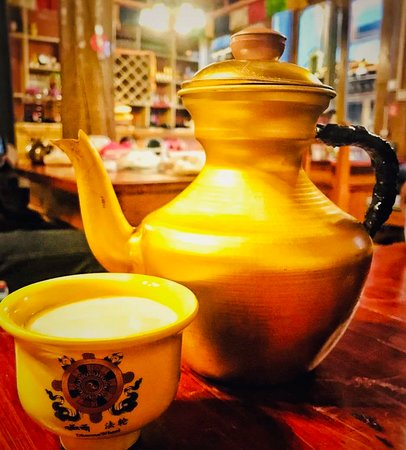
Pry out the right amount of tea from the tea brick and boil it in an iron teapot for 10 minutes until the leached color darkens.
Filter out the leaves and pour the tea into the pot
Add the butter and stir for 3 minutes or more to mix well.
After heating, add a little salt and milk to boil, then stir for about 30 seconds.
Important Notice :
前街咖啡 FrontStreet Coffee has moved to new addredd:
FrontStreet Coffee Address: 315,Donghua East Road,GuangZhou
Tel:020 38364473
- Prev
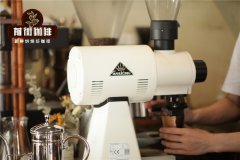
Is the matcha latte coffee? Does the matcha latte contain caffeine? The method of making matcha latte
Such as the title. Many little sisters and brothers come in and say: boss, I'd like a cup of coffee, "matcha latte" packed and carried away, thank you! Many cafe owners say that products such as matcha lattes and cocoa lattes are an essential part of the ordering system. No matter how the menu is changed, there will always be a place for them. A code worker who has had the experience of opening a store, also
- Next
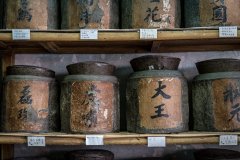
How to preserve the tea after it is bought? the best preservation method is recommended for tea maintenance.
Storing tea, herbal tea, herbal tea and other types has always been an annoyance to ordinary consumers. "for how long, how to put it, where to store it, and whether to use different utensils" are the most frequently asked questions. For tea drinkers of ordinary consumers, although they do not have to reach the high standard of old Pu'er tea and aged oolong tea, the goal is expected to be a high-standard environment for decades.
Related
- Beginners will see the "Coffee pull flower" guide!
- What is the difference between ice blog purified milk and ordinary milk coffee?
- Why is the Philippines the largest producer of crops in Liberia?
- For coffee extraction, should the fine powder be retained?
- How does extracted espresso fill pressed powder? How much strength does it take to press the powder?
- How to make jasmine cold extract coffee? Is the jasmine + latte good?
- Will this little toy really make the coffee taste better? How does Lily Drip affect coffee extraction?
- Will the action of slapping the filter cup also affect coffee extraction?
- What's the difference between powder-to-water ratio and powder-to-liquid ratio?
- What is the Ethiopian local species? What does it have to do with Heirloom native species?

